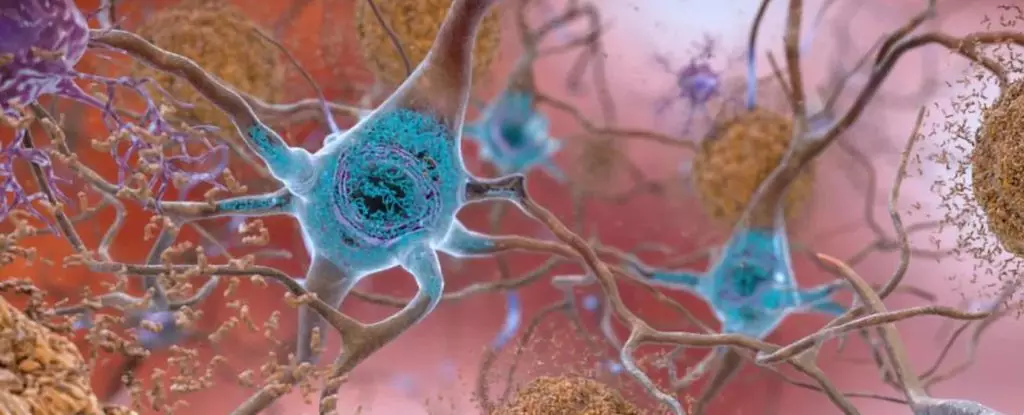In the complex world of neurobiology, the spotlight often falls on various molecules that contribute to brain health. One such molecule is a lipid known as BMP (brain-derived lipids), which possesses remarkable properties, functioning almost like a garbage collector for other lipids. This dual role is both perplexing and critical, as BMP not only performs a maintenance function but also seems to evade conventional disposal mechanisms utilized by the cell for waste management. Researchers have spent decades unraveling the enigma of BMP’s persistence in the brain, and recent findings have shone a light on its role in neurodegenerative conditions such as dementia and Alzheimer’s disease.
Historically, the scientific community viewed BMP as an anomaly among lipids, particularly due to its low levels in the brains of individuals suffering from frontotemporal dementia. This decline in BMP has been correlated with the harmful accumulation of gangliosides, sugary lipids that become toxic when they reach elevated concentrations. This situation triggers a cycle of neuronal damage and may lead to conditions such as gangliosidosis, characterized by severe neurological decline. The recent discovery that BMP can reverse some toxic effects when introduced into affected cells presents hopeful avenues for future therapeutic strategies aimed at treating dementia.
The latest research spearheaded by cell biologist Shubham Singh at the Sloan Kettering Institute has identified the mechanism behind BMP’s durability in cellular processes. This research highlights a unique aspect of BMP’s structure; it exists as a left-handed molecule in a world dominated by right-handed lipids. This peculiar handedness results from the enzymatic actions of two specific proteins, PLD3 and PLD4, located in cellular lysosomes. Their influence is vital, not only for BMP’s structural integrity but also for its overall functionality within cells.
The study’s revelations challenge previous assumptions in the field, where alternative enzymes were considered responsible for BMP synthesis. This kind of intellectual jolt serves as a reminder that science is ever-evolving and that new discoveries can refocus our understanding of biological processes. Understanding which enzymes are responsible for creating specific molecular structures is crucial for delineating pathways linked to diseases like Alzheimer’s, where any error can significantly impact the mind.
The implications of manipulating BMP levels are profound. The discovery that a mutation in the PLD3 enzyme could significantly reduce BMP production stresses the importance of lipid homeostasis in neurological health. Fluctuations in BMP concentrations may serve as a biomarker for various forms of dementia, potentially allowing for earlier diagnosis and targeted treatments. This line of inquiry adds another noteworthy layer to the intricate web of biological factors contributing to cognitive decline, underscoring the need for further research into how these variables interact within the brain.
The Road Ahead: Towards a Clearer Understanding of Dementia
With more than 10 million new dementia cases diagnosed globally every year, the urgency for deeper comprehension of the underlying mechanisms cannot be overstated. Each new piece of information adds to the mosaic of knowledge required for effective management and potential interventions. As researchers continue to dissect the biochemical pathways involved in cognitive health and decline, the work of Singh and his colleagues stands as a testament to the critical importance of understanding even the minutest molecular interactions within the brain.
By delving into the complexities of BMP and its role in brain health, we move closer to developing methods to combat these incurable conditions. The future of neurological research rests on such discoveries, and as we unravel the threads of lipid behavior, we may find pathways leading to tangible improvements in the lives of millions battling dementia. Thus, the story of BMP is not just about a molecule; it is a beacon of hope in the fight against the relentless tide of cognitive decline.

